Research Topics
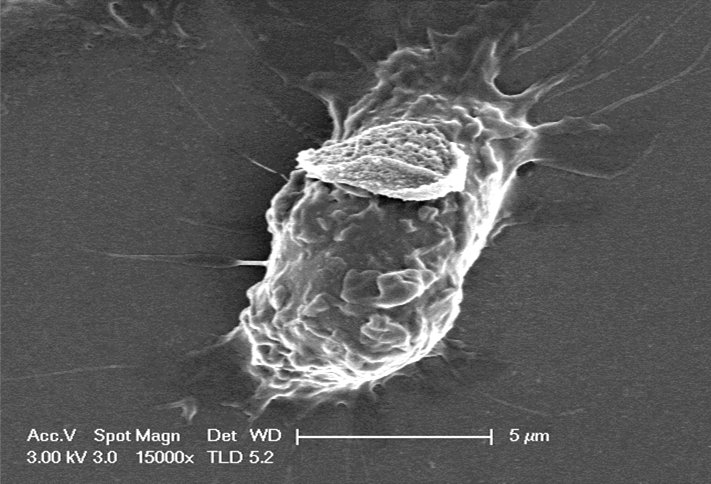
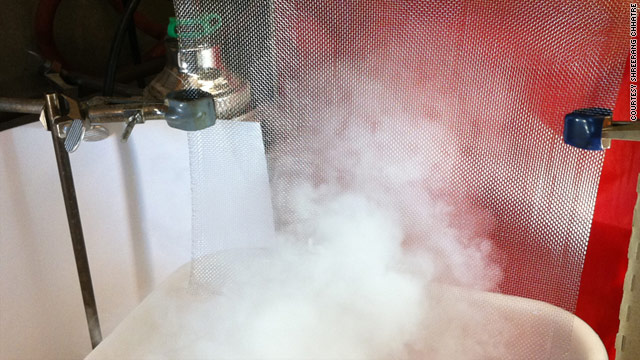
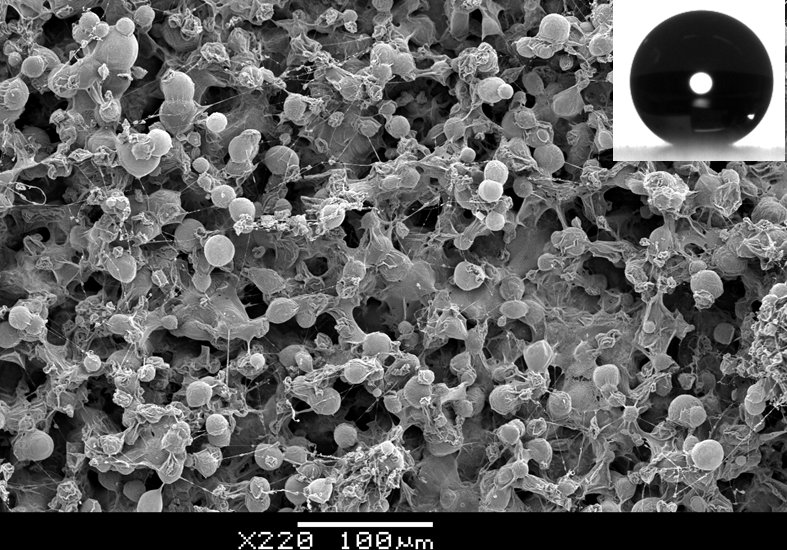
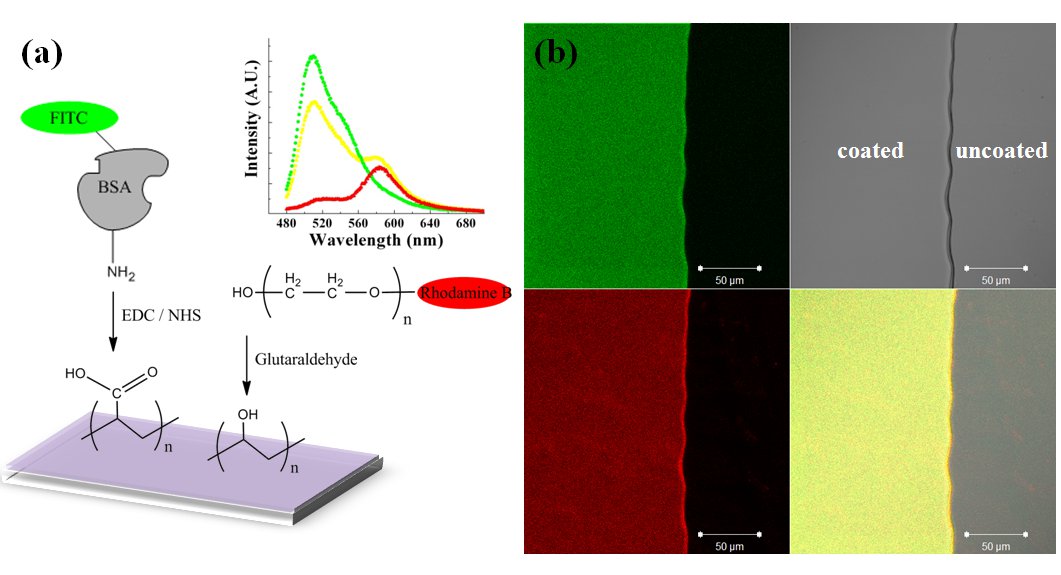
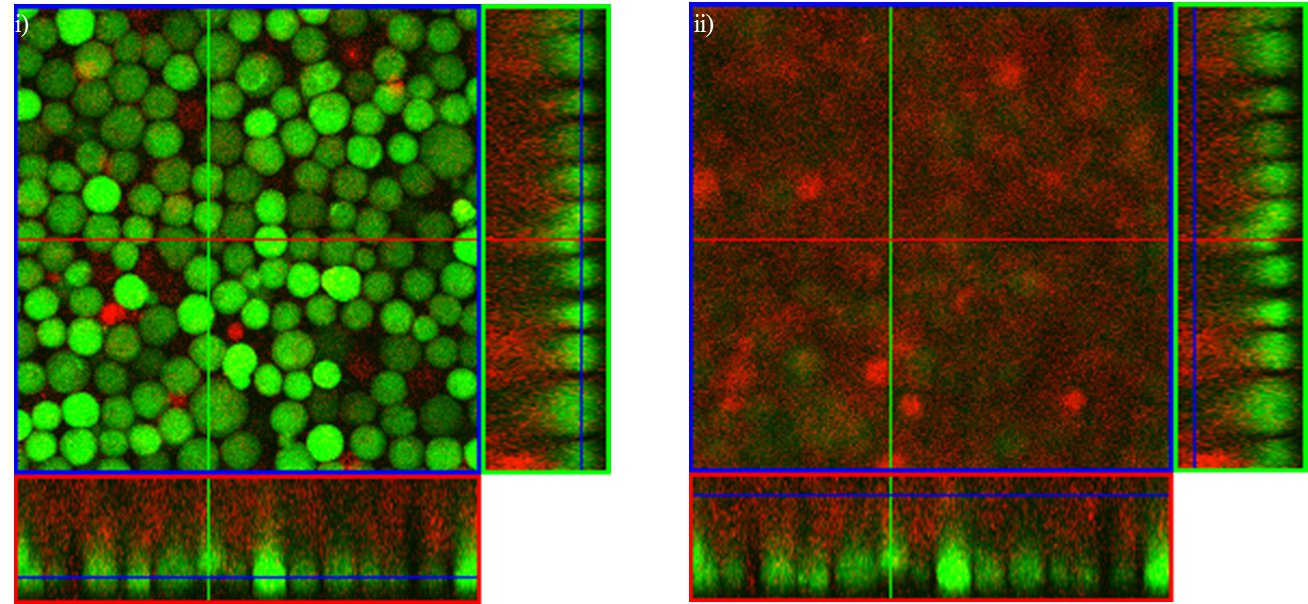
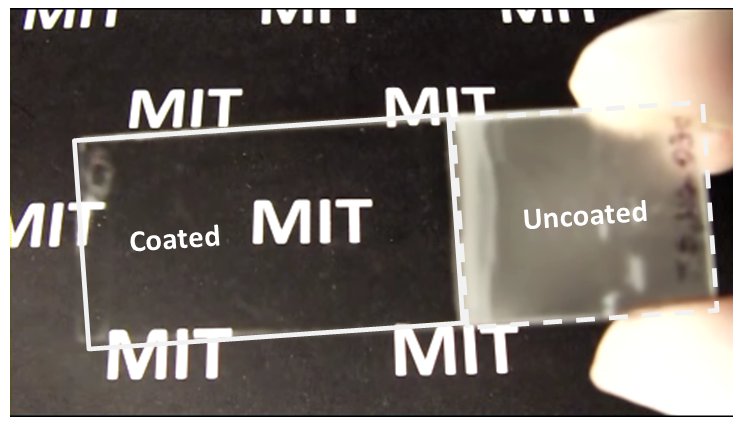
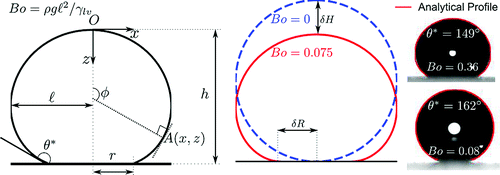
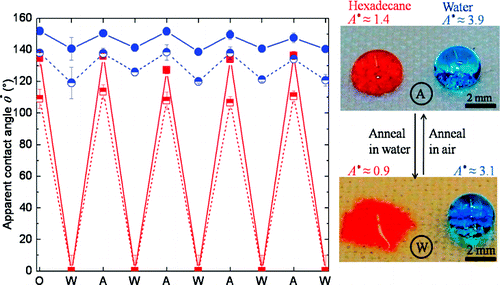
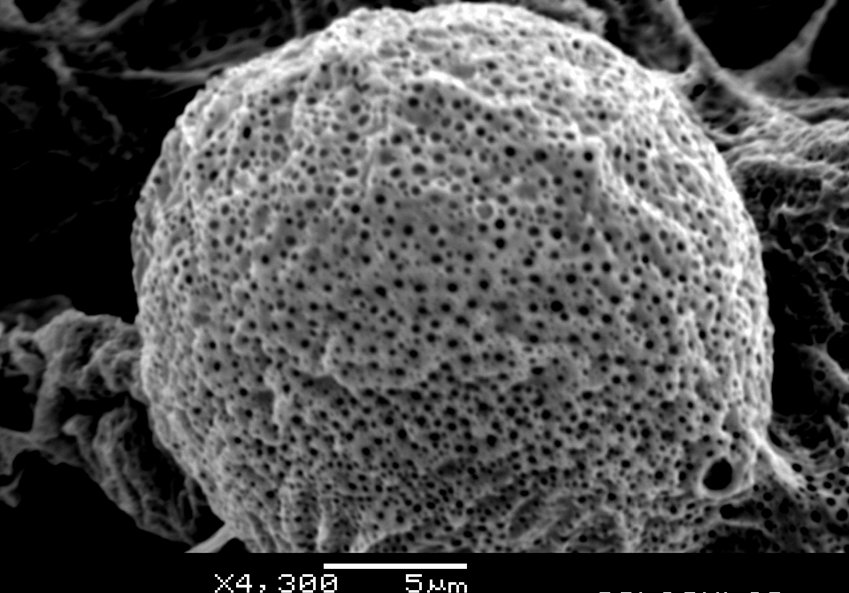
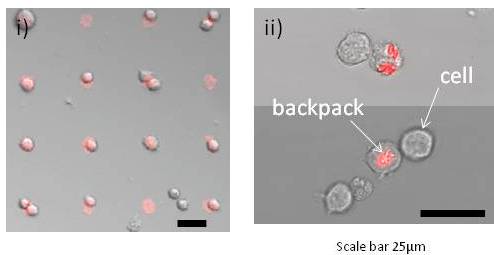
Polymer research in the Cohengroup at MIT has traditionally focused on relationships between macromolecular structure and bulk or thin-film properties. The structure-property work is supported by in-house macromolecular synthesis and quantitative molecular characterization capabilities. Enquiry into the nature of polymeric materials at the submicron length scale, including morphological ordering of amorphous and crystallizable block copolymers, has been a central piece of the Cohengroup research portfolio that led to a nanoreactor scheme for synthesizing spatially confined inorganic clusters in bulk polymer films.
For the past decade a productive collaboration with Materials Science and Engineering colleague Michael Rubner has exploited layer-by-layer (LbL) assembly to produce substrate-conformal, ultra-thin structures with remarkable dimensional precision and with excellent control over chemical functionality, optical properties and wetting characteristics. This work has been adapted recently to problems at the biotic/abiotic interface; ultrathin, payload-bearing backpacks attached to living immune cells represent one example that is currently under investigation. Older work on cold plasma assisted surface chemical substitution reactions led to the founding of MatTek Corporation, a manufacturer of in-vitro toxicology test kits that involve the culturing of living epithelial tissues on proprietary polymer surfaces.
Collaboration with the research group of Mechanical Engineering colleague Gareth McKinley has led to quantitative understandings and design rules for surface topography/surface chemistry combinations that robustly resist wetting by all known liquids (omniphobicity). Fundamental enquiry into dynamic wetting phenomena such as liquid spreading, pressure-induced breakthrough and drop impact on these surfaces, as well as application-driven aspects of liquid management that range from drag reduction to fog harvesting, are being investigated in the group.
Please see the individual research statements of group members in the "People" section.